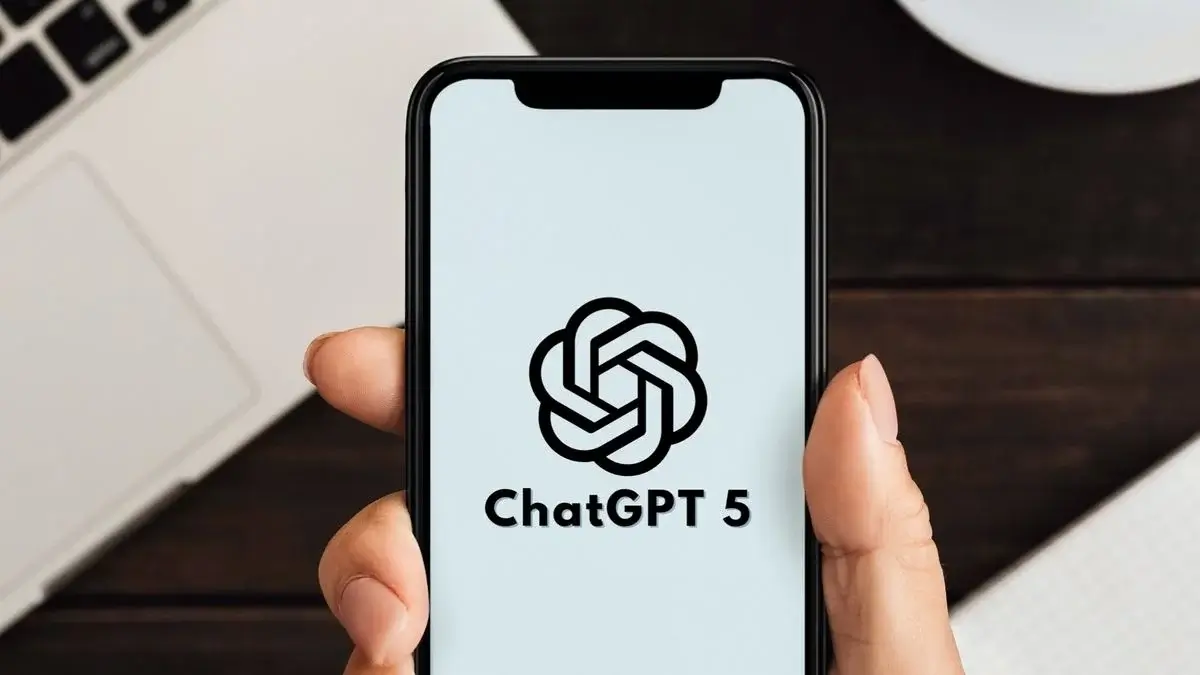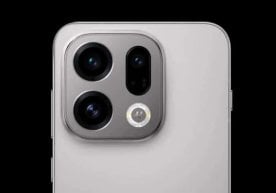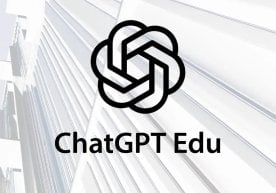
The company OpenAI presented ChatGPT-5, calling it an AI improved in protection from hallucinations, the fastest, smartest, and most reliable. However, in reality it is becoming clear that it is not yet so. That is, there are lofty words in the marketing statement, but in practice it is still visible that there are questions.
According to data from the Vectara platform, which maintains a rating by frequency of model errors, the new artificial intelligence indeed shows fewer false facts than GPT-4 (1.4 percent versus 1.8 percent), but is slightly ahead of GPT-4о (1.49 percent). So, there is progress in the numbers, but it is not an absolute superiority — the distance is small, and the competition is close.
Interestingly, ChatGPT-4.5 Preview has an even lower figure — 1.2 percent, and the fewest errors are in the о3-mini High Reasoning model — 0.79 percent. This means that against the backdrop of the claim “the most reliable,” other options also look serious.
Despite the improvements, GPT-5 still lags behind the 4.5 model in accuracy, although it is well ahead of competitors such as Gemini-2.5-pro (2.6 percent) and Grok-4 (4.8 percent). That is, it is ahead in the overall rating, but not above all within the internal family — accordingly “a leader,” but not “an absolute sole champion.”
When GPT-5 was launched, the old GPT-4, 4о and 4о-mini models were removed from OpenAI Plus subscriptions without warning, which caused a scandal. Many users complained of losing traditional functions, and some described it as “losing the only friend.”
The company head Sam Altman admitted that he had not sufficiently assessed the importance of the old versions for the audience and promised to temporarily return GPT-4o for subscribers. This was taken as a first step aimed at restoring damaged trust: bringing it back is a sign of acknowledging a shortcoming and conducting the discussion openly.
Thus, the current picture is in two directions: on the one hand — the announced achievements of ChatGPT-5 in speed, intellectual capability and resistance to hallucinations; on the other — subtle differences in the numbers, strong results of the sibling-competitor models 4.5 Preview and о3-mini High Reasoning. The competition field is tight, and the debates continue steadily.
The conclusion is clear: there are grounds to claim the title “the fastest, smartest and most reliable,” but the comparisons on the market are also weighty. Therefore, the most correct approach for users now is to test and choose a solution suitable to their scenario and working conditions. If OpenAI maintains the promised stability and a transparent list, it will be not the debate but the result that speaks.
Read “Zamin” on Telegram!Users of Меҳмон are not allowed to comment this publication.














